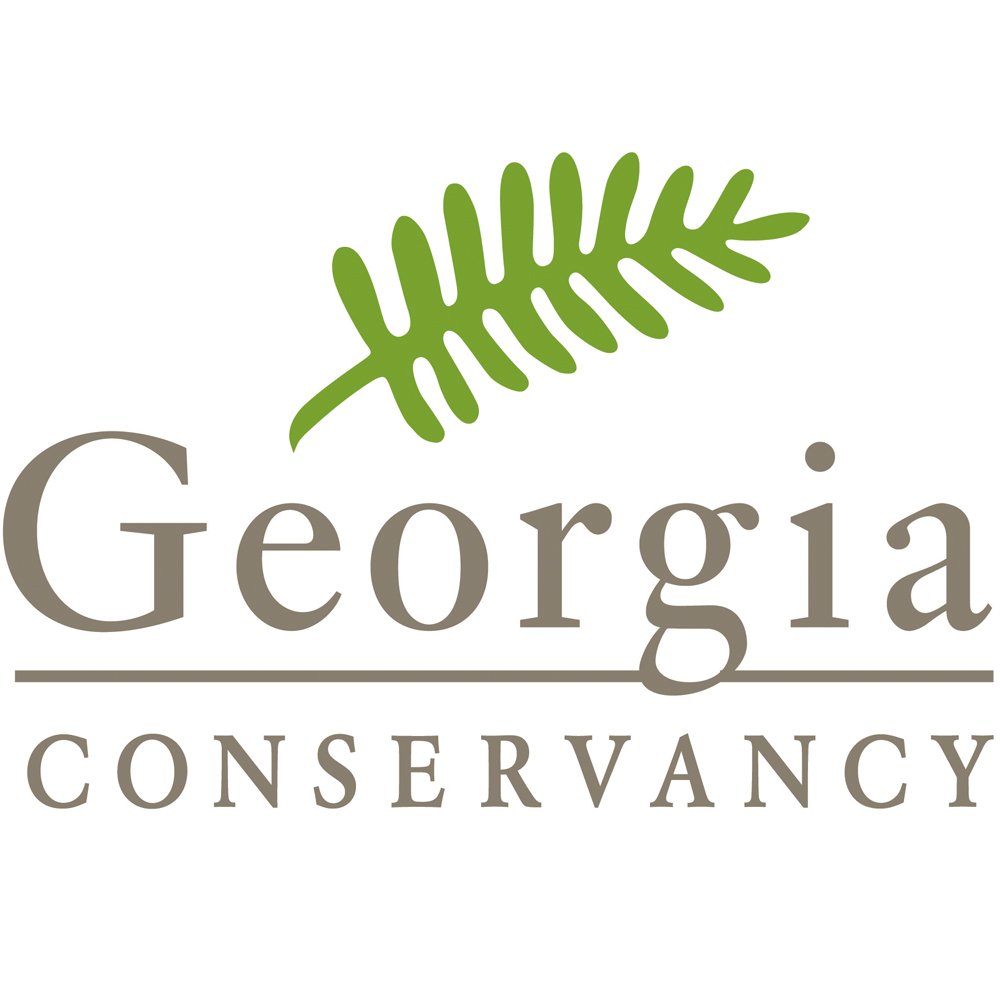Okefenokee Protection Alliance forms to safeguard the Swamp
There are many superlatives used to describe the Okefenokee National Wildlife Refuge. It is quiet, mysterious, and full of alligators, but it is also an ecologically-unique place that is the largest National Wildlife Refuge east of the Mississippi. At more than 420,000 acres, it is also the largest intact blackwater swamp in the eastern United States. It defines the geography and much of the economy in the southeast corner of Georgia, which depends on tourism it draws.
More than forty-five years ago, on October 1, 1974, the Okefenokee Swamp, also known as the Land of Trembling Earth, was provided permanent protection as a federal wilderness by Congress and President Gerald Ford. Under wilderness designation, the highest form of protection provided to federal lands, the Okefenokee could remain in its natural state of tannin-stained waters, fire-scorched forest, and resurrected prairie without the threat of future development or degradation. The bill that ushered in this new standard of conservation and was championed by the Georgia Conservancy and successfully pushed through Congress by U.S. Representatives Bill Stuckey of Eastman, Georgia, and Bo Ginn of Savannah.
“The first time that I visited the swamp I was in my mid or late twenties,” recalls former Congressman Stuckey, who is now 85. “Once you get in there and you paddle the trails and explore Billy’s Island and feel the earth trembling, you really start to understand the swamp and its beauty.”
The wilderness designation helps protect much of what is found within the boundary of the Okefenokee National Wildlife Refuge, but it remains to be seen if this will help with impacts from adjoining properties. Such a controversial issue is before us now. Twin Pines, LLC would like to mine titanium sands on the east side of the Refuge, on a geologic feature named Trail Ridge. This low sand ridge forms a sill which acts as a dam between the Okefenokee and the St. Marys River. In March 2020, Twin Pines submitted for a U.S. Army Corps of Engineers (USACE) wetland permit on a 1042 acre “demonstration project” on a 12,000-acre tract that borders the refuge in Charlton County.
The Georgia Conservancy is concerned that if this permit is issued there will be impacts on the water quality of the Okefenokee Swamp and the St. Marys River. Based on the broad interest in protecting the Okefenokee National Wildlife Refuge from the threats posed by nearby mining, the Georgia Conservancy and a coalition of more than thirty environmental organizations have come together to form the Okefenokee Protection Alliance under the broad mandate to support the swamp and oppose what is bad for it.
Meanwhile, despite some delays due to COVID 19, the mining proposal has continued to advance. We anticipate a USACE decision on the course of the further environmental review in the next few months. However, to date, the information provided by Twin Pines is not sufficiently complete to allow for a thorough review of the project, so opponents of the project are requesting a full Environmental Impact Statement (EIS).
There is too much at stake to allow Twin Pines to start mining without subjecting the project to the rigorous analysis and public comment that an EIS provides. Local jobs and tourism increasingly benefit and play an essential role in helping bolster the international reputation of the Okefenokee National Wildlife Refuge; it would be a shame to jeopardize such a treasure.
Charles H. McMillan, III
Coastal Director & Natural Resource Director
Georgia Conservancy



